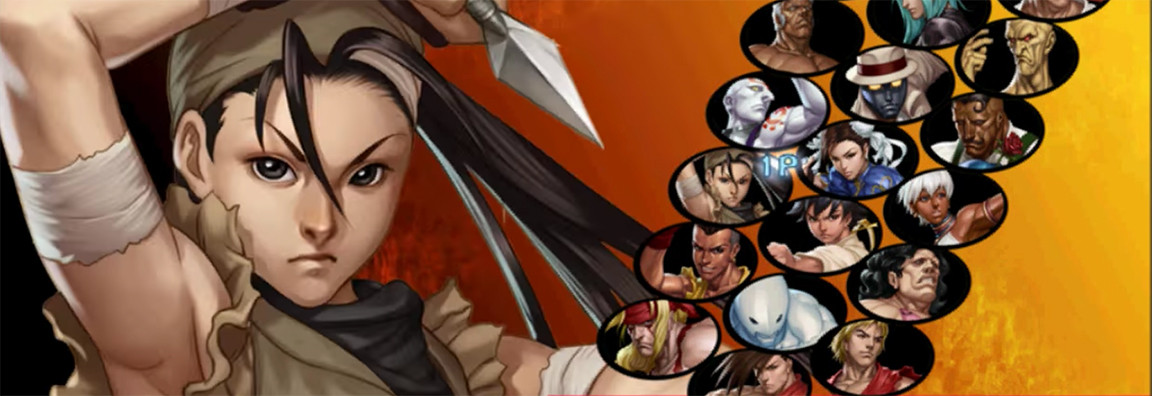Fun gameplay and mechanics are necessary to make fighting games successful, but the roster can make or break the experience. The cast of characters must attract players through unique designs.
Legacy fighting games have it even tougher. Each new installment requires a balance between returning fighters and new personalities to grow the series. This equation was quickly solved with only one huge setback, Street Fighter 3. The answer — diversity and familiar faces that keep players connected with every new installment.
What makes a great fighting game roster?
A great fighting game roster consists of three elements: size, fanservice, and diversity.
Fighting game developers have tried to one-up Street Fighter 2 with every new entry. This legendary grandfather of fighters came onto the scene with a measly eight characters that burned themselves into the hearts of every fan.
Future entries of the SF2 series added new characters with each installment. Other fighting games strove to emulate that success through even larger rosters. Size alone wasn’t enough. Characters had to feel distinct in personality, movement, and appearance.
Fighting game fanservice goes a long way
Every fighting game player loves fanservice. These features designed to please fans of the series range from music and references to character interactions or designs.
Ryu, Chun-li, Sol, Kyo, and Iori all fall into the fanservice category. Players attach themselves to characters like these familiar faces, then hope their favorite will return in new installments. A common example is character redesigns. Redesigns are often controversial, but alternate costumes like classic skins are the ultimate fanservice.
Fighting game rosters need to be diverse
Diversity in fighting games most commonly means unique faces. Characters from different races and places are a must in fighting games. A woman may want to play as a female character, while a person of color may want to main someone that shares their looks or background. This is a huge topic in the fighting game community right now. As a result, recent fighting games more accurately reflect their diverse playerbase.
Diversity not only refers to the characteristics of the characters, but also the way they play. Players jump into fighting games looking for characters with clear differences that cover many archetypes (A way to categorize a character's general playstyle, based on their best moves. -Infil’s fighting game glossary). The right archetype varies from person to person depending on their preferred playstyle. From zoners to charge and setplay characters, a fighting game must have a healthy helping of unique playstyles. However, this wasn’t the case for Street Fighter 3.
Street Fighter 3 was almost killed by its roster
Capcom was hot off the heels of Street Fighter 2 and its prequel series, Street Fighter Alpha/Zero. The creators had a new idea in store for the latest entry. Street Fighter 3: New Generation would feature an entirely new cast outside of series mainstays Ryu and Ken.
Zangief, Chun-Li, Vega, and Guile were replaced with Alex, Elena, Sean, and Remy. While this new generation is now well-loved, originally that wasn’t the case. Street Fighter 3 alienated fans of the older games through new characters and battle systems. According to Street Fighter director and designer Takashi Nishiyama, sales fell well below the standard set by prior entries.
“In the old days after Street Fighter III didn't do so well and the fighting game market shrunk, Capcom decided to leave the genre behind,” said Nishiyama in an interview with 1up.com.
Fortunately for the community, Street Fighter 3 redeemed itself thanks to a special moment at EVO. Capcom quickly learned its lesson about the roster equation. Street Fighter 4 began with almost nothing but legacy characters. New faces were added over time.
The art of fighting game rosters
Fighting game rosters are meticulously crafted. The key to successful selections now seems obvious in retrospect. Keep the legendary characters and introduce diverse faces with each sequel. The most loved newcomers then stick around for the next installment. We see this process so regularly now it’s hard to imagine a deviation like Street Fighter 3 almost killing the franchise.
